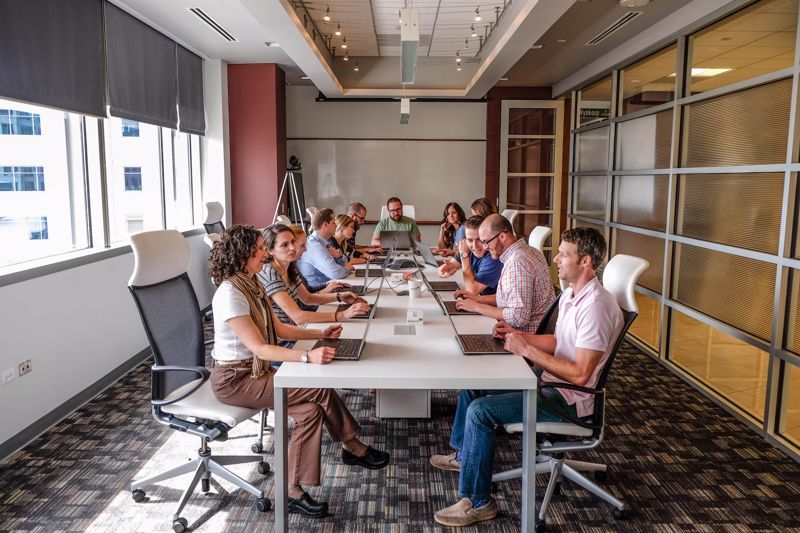
5 tips for better meetings
03 May 2021
We’ve all been there before: There’s a meeting coming up, and it’s recognised as being highly important to your business, but you’re not sure it’s going to accomplish as much as you hope.
There are many reasons why this might end up being the case, but the fact of the matter is that every company could stand to get more from its meetings, in terms of being truly engaging and ticking off every box you need to. The question is, how do you achieve both simultaneously? Anyone who has run a meeting before knows that there’s more to it than getting through the details quickly and concisely.
Read on for a few tips to do just that:
1) Identify the purpose at the beginning of the meeting
If you’re the one running the presentation, it’s always a good idea to send your agenda to all participants beforehand, so that everyone is on the same page about the purpose and prepared to engage on the topic at hand. Management 3.0 noted that a truly great meeting gets everyone to actually take part in some aspect of it, rather than passively sitting through it, and that initial summary helps quite a bit.
 Think about what makes a meeting great
Think about what makes a meeting great2) Keep on track
Over the course of a meeting that stretches on one, two, three hours or more it can be easy to drift far afield, especially if people are asking questions that are only somewhat on-topic. While that’s not going to be the worst thing in the world, you have to know when you’re getting too far afield and reset the discussion accordingly.
3) Focus on psychological safety
One of the reasons many meetings aren’t as good as they could be is that not everyone feels comfortable speaking up, or thinks that they are not truly included. As such, your goal should be to engage with everyone and make sure participation is a key part of your presentation. According to Scoro, something as simple as a dedicated Q&A time built into the agenda can be a big help on this front.
4) Choose the right visuals
Most people learn better by seeing concepts illustrated, rather than explained. So it’s important to make sure your presentation has plenty of engaging imagery — photos, charts and so on. This doesn’t need to result in you finding or creating 100 images, but just make sure you’re mixing it up in your slideshow.
5) Keep an eye on your body language
Keep in mind that communication is about a lot more than what you say or put on a screen. Strong body language like a good posture, standing when you’re talking, facing the audience and so on help you convey your message effectively.
One last thing: Get feedback
It can also help to ask for notes when the meeting is over. The Enterprisers Project explained that this not only helps engage people with the point of the meeting, but also ensures you have constructive criticism to build on going forward.
If you and your employees need a little more help when it comes to getting the most out of your meetings, the Facilitation course from ICML can help tremendously. We can right-size it to your organisational needs and help you become more productive and effective from top to bottom.





